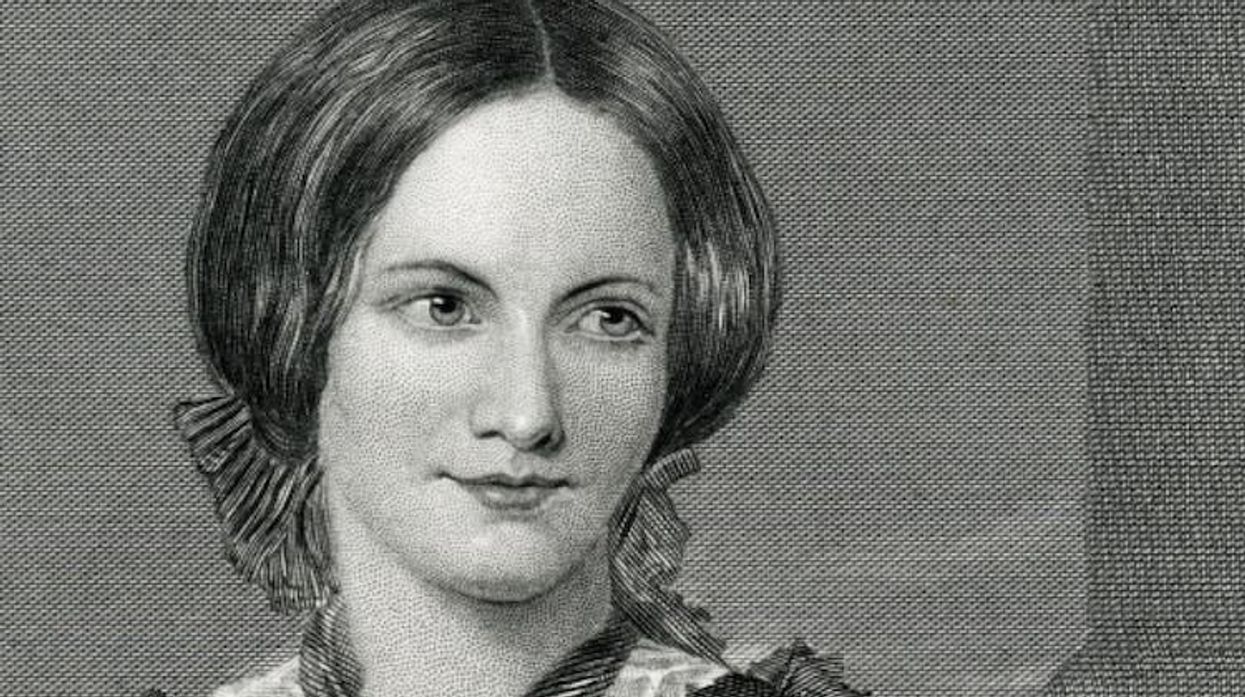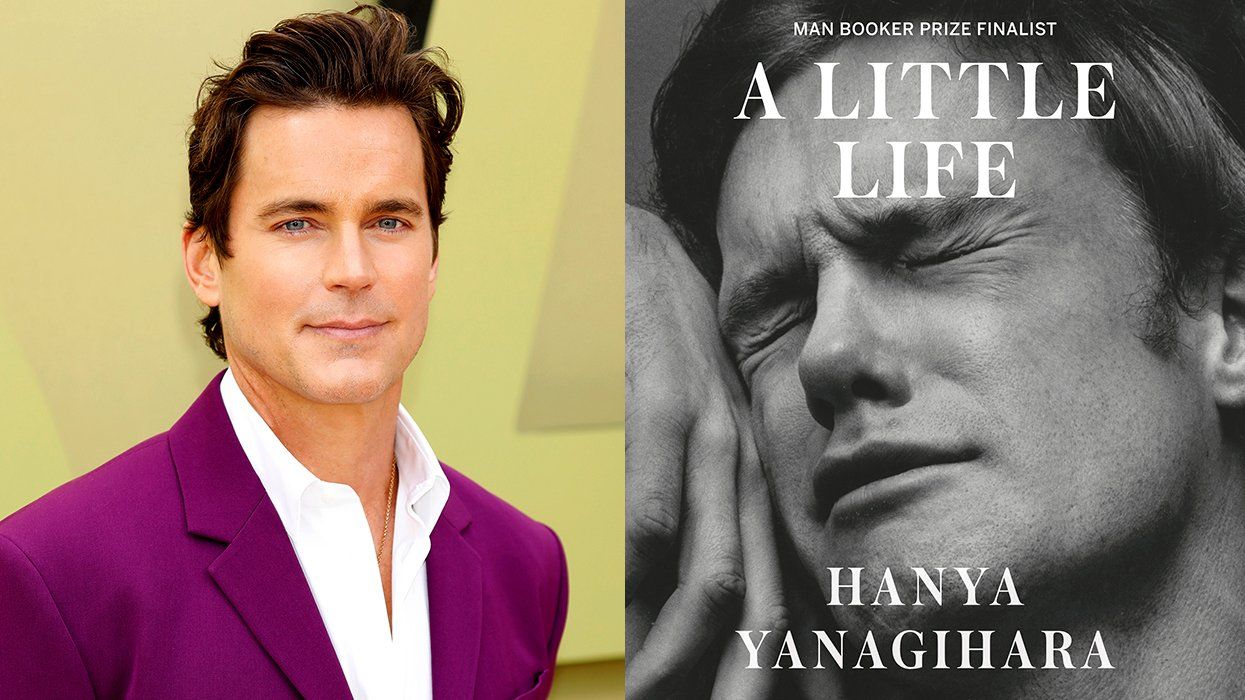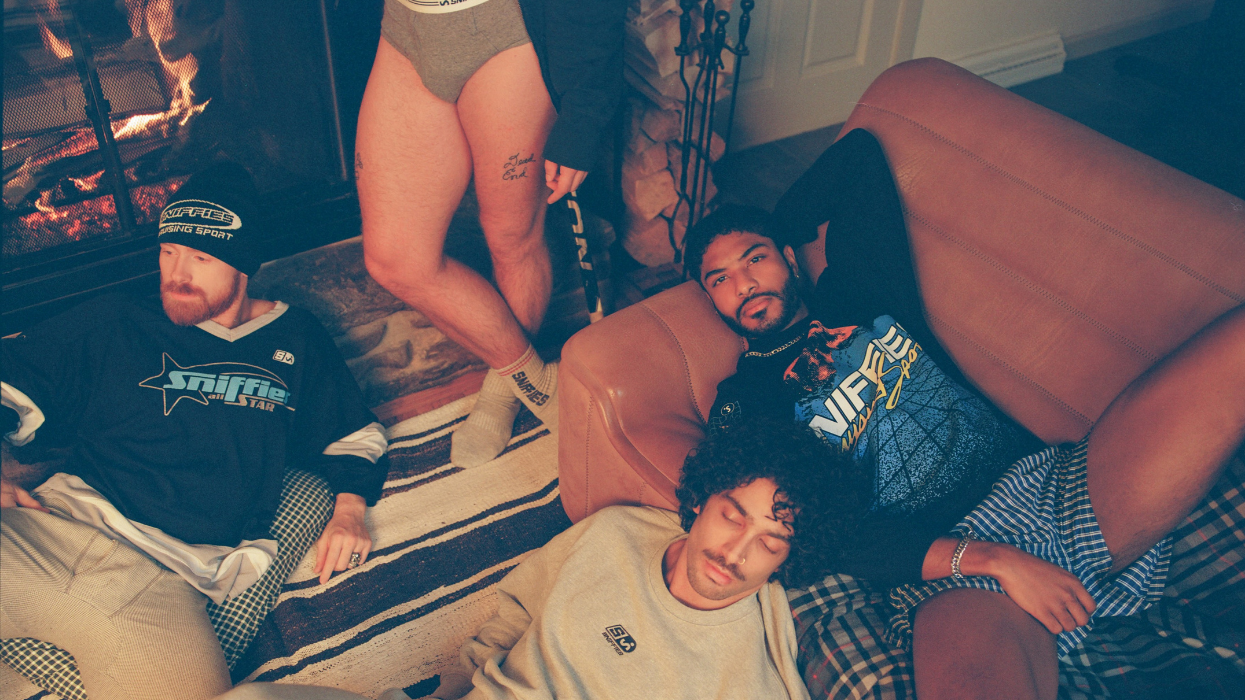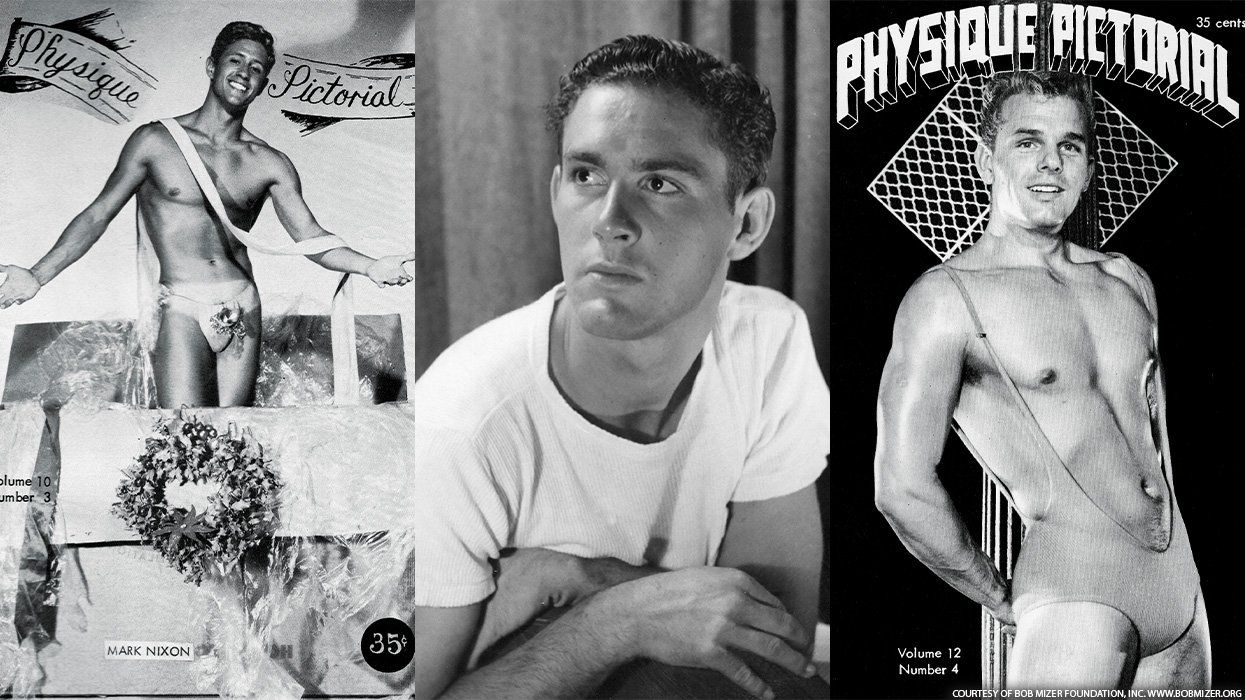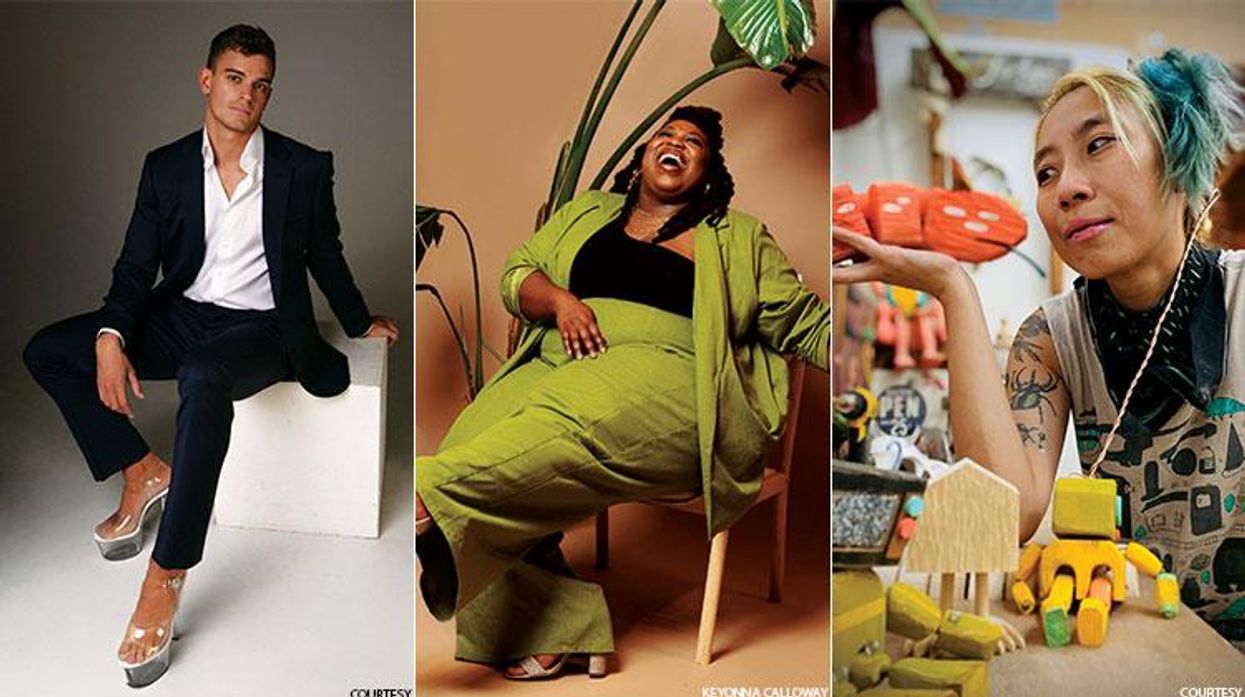When Jane Eyre was published in 1847, it quickly took its place as one of literature's most famous love stories--straight love stories, of course, with the plain governess Jane falling for the mysteriously tormented, butch Rochester. Yet the intimacy between women in some of her lesser-known novels, especially Shirley, gives pause. And then there is the cross-dressing -- Rochester as an old gypsy woman, Lucy Snowe in Villette as a young dandy flirting with a pretty woman. Shirley fancies herself an "esquire" because her parents "gave me a man's name; I hold a man's position." "It is enough to inspire me with a touch of manhood... I feel quite gentlemanlike." Her governess worries about her disdain for needlework and her habit of whistling because people will feel that she "affected masculine manners."
Evidence mounts in Charlotte Bronte's letters to her best friend Ellen Nussey. When Vita Sackville-West read them in 1926, she had no doubt as to "what Charlotte's tendencies really were." She found them "love letters pure and simple." Sackville-West (Virginia Woolf's lover at the time) found Bronte's courting language, the sort a Victorian man used to woo women, sapphic. In one letter, Bronte proposed to Ellen that they set up house together permanently, admitting in a postscript: "I am afraid of caring too much for you." Nussey remembered Bronte stroking her head, exclaiming, "If I had but been a man, thou wouldst have been the very ticket for me as a wife."
Yet such ardor wouldn't have shocked Victorians. Bronte's words to Ellen -- and their physical intimacy -- followed well-worn conventions of the time. Women were encouraged to develop close relationships with each other and to use the language, and some of the gestures, of lovers. Thought to be more open to emotion and deep sentiment, women could show their femininity by cultivating amorous friendships. Such close, even erotic, ties between women struck Victorians as natural expressions of their gender. Charlotte's gratitude and pretend anger with Ellen when she secreted gifts in Charlotte's luggage fell well within what was considered normal: "You ought first to be tenderly kissed and then afterwards as tenderly whipped."
In the 19th Century a greater range of ways for women to be with other women flourished, in part because the fear of labels like "homosexual" wouldn't develop until the very end of the century. When the literary historian Sharon Marcus studied hundreds of Victorian women's diaries and letters, she found a wide-ranging freedom for women to form passionate attachments, to compete with other women for the attentions of attractive female friends, and to appreciate the physical beauty of female acquaintances. Women walked with their arms around each other, kissed each other on the lips, slept tangled up together in the same bed, and formed life-long partnerships. Some women did have sexual liaisons with other women, of course--what today we would style lesbian relationships. Yet most of these bonds wouldn't fit into that category. In fact, none of our categories today really work.
We will probably never know if Charlotte had sexual relationships with other women, and there is certainly no proof that she did. It is likely she had at least heard of such attachments. A fellow Yorkshirewoman and near contemporary named Anne Lister, for instance, was well known for her masculine dress and her erotic interest in women. Her diaries, written in cypher, detail her sexual entanglements with women and her great passion for them. Lister's activities were an open secret in the area, and Charlotte's sister Emily spent time as a teacher at a school near Lister's house.
So, no, Charlotte Bronte probably wasn't gay, but it's hard for us to comprehend what she was. She certainly had a deep interest in women's devotion to other women. The two main characters in Shirley fall in love with each other, and even though they both end up marrying, they manage to wed brothers, thus ensuring that their own bond would endure. "I am supported and soothed when you--that is, you only--are near," one says to the other. This plot may have been drawn from Charlotte's own life. Ellen Nussey's brother asked Charlotte to marry him. Charlotte didn't love him and said no, but she did write this to Ellen: "Now my dear Ellen there were in this proposal some things that might have proved a strong temptation--I thought if I were to marry so, Ellen could live with me and how happy I should be."
Deborah Lutz is the author, most recently, of The Bronte Cabinet: Three Lives in Nine Objects, a biography about the Bronte sisters told through their objects. Lutz divides her time between Brooklyn, NY, and Louisville, KY. The Thruston B. Morton Professor of English at the University of Louisville, she is also the author of Pleasure Bound: Victorian Sex Rebels and The New Eroticism (W.W. Norton).


